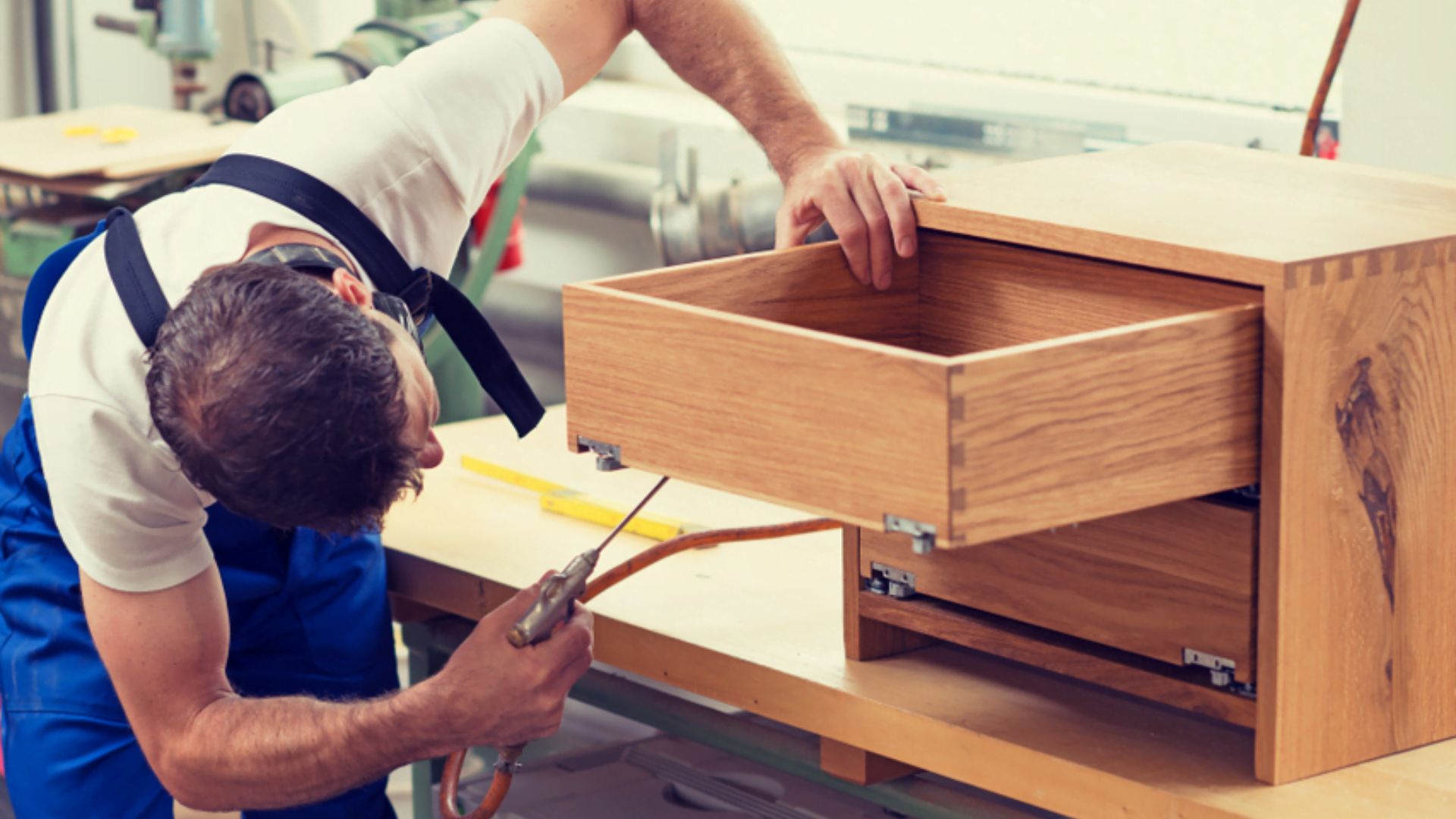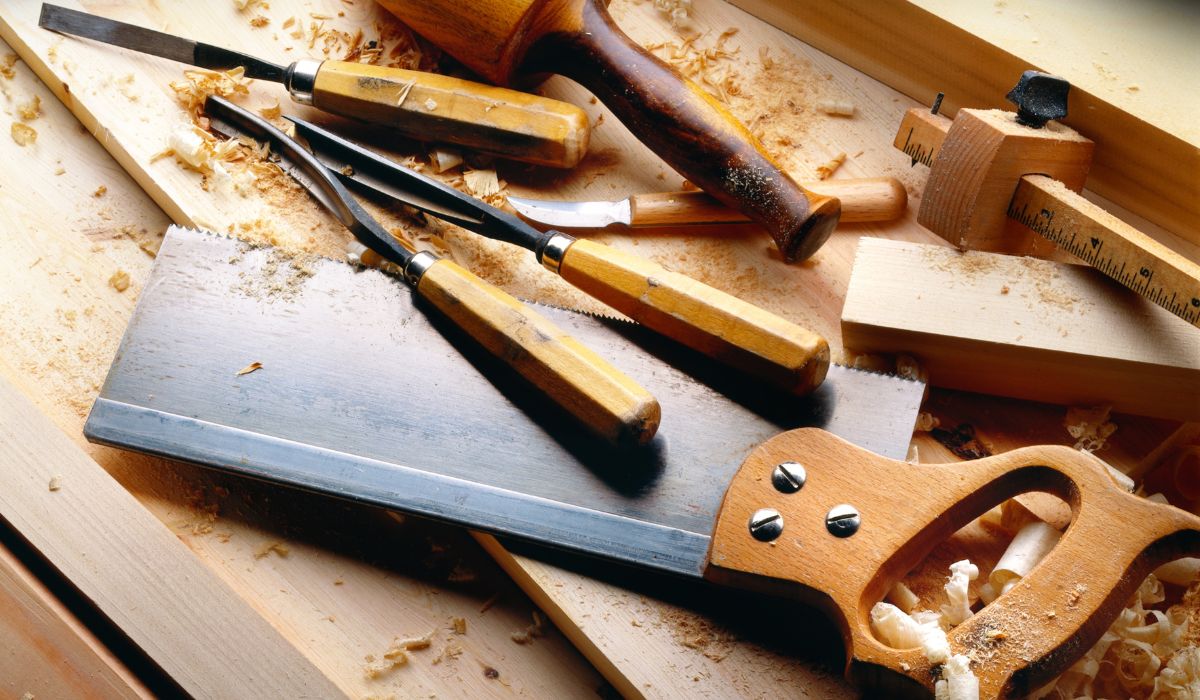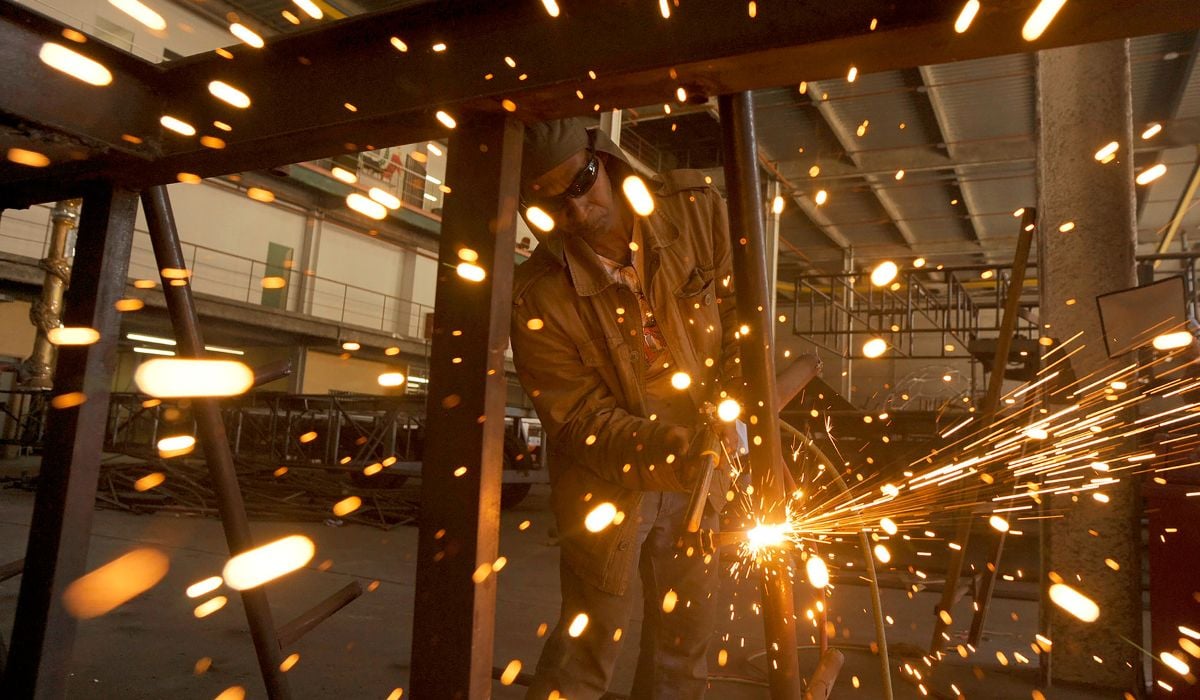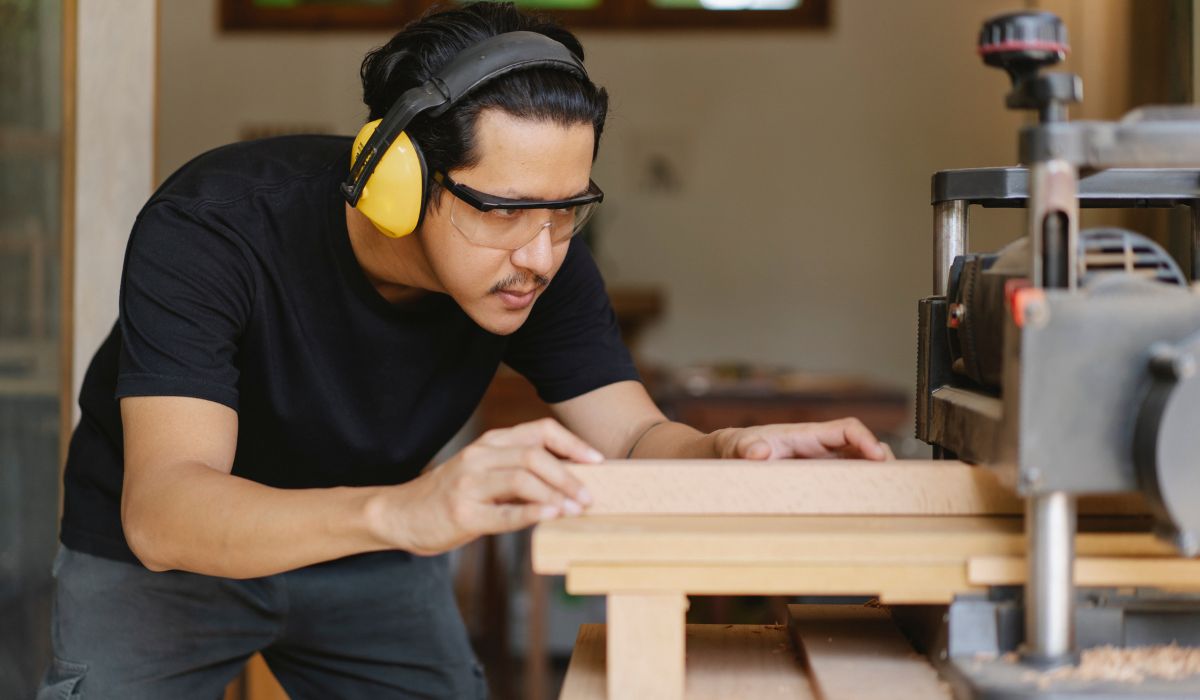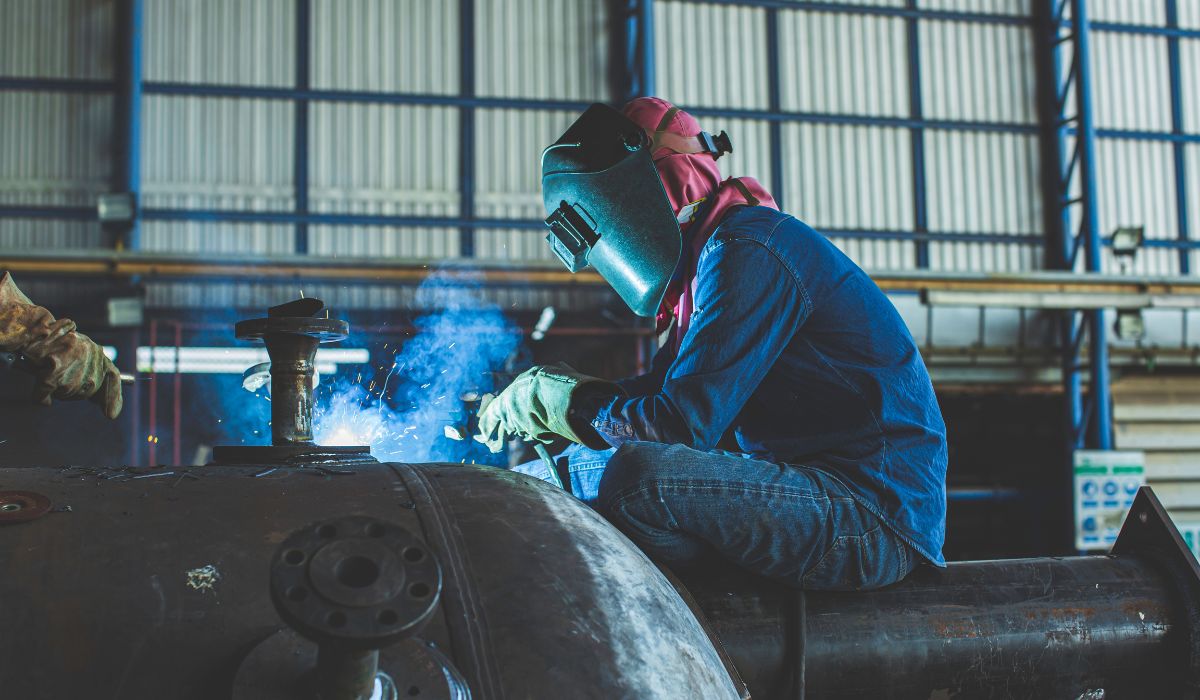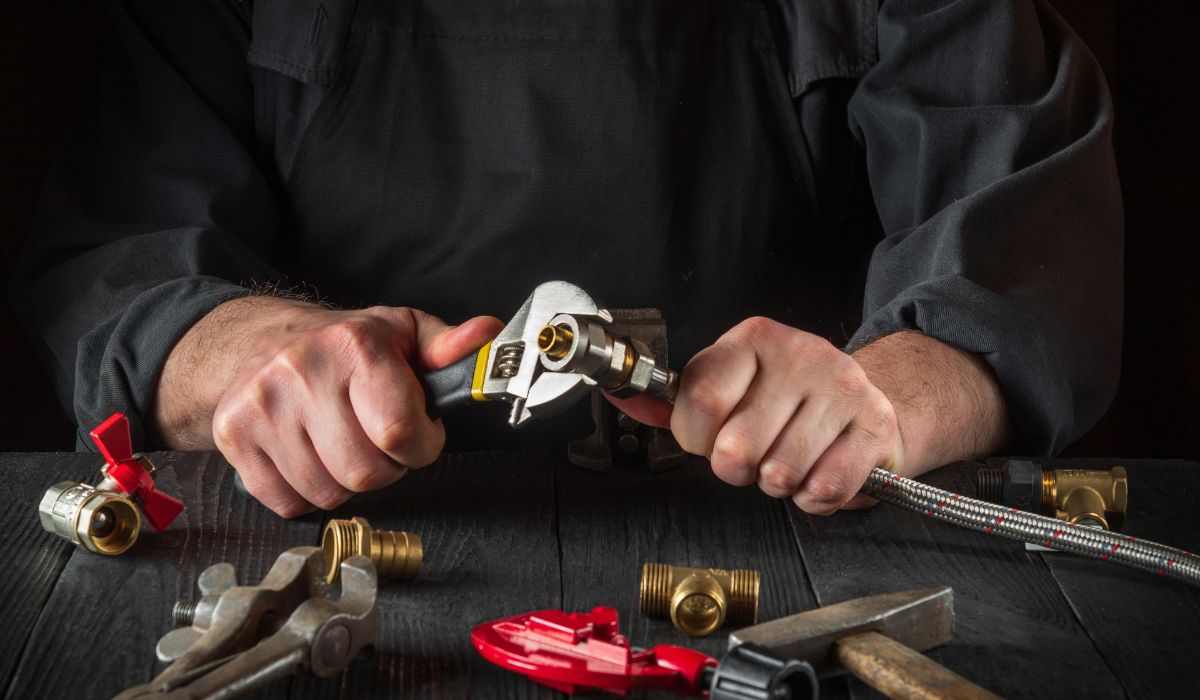Occupation description
A fitter-welder is a skilled tradesperson who specializes in fitting and welding metal components to construct or repair machinery and structures. Their work involves various tasks, including:
- Read and interpret blueprints, technical drawings, and specifications.
- Measure, cut, and shape metal components using tools and machinery.
- Align and fit parts according to specifications, ensuring precise assembly.
- Perform welding operations using techniques such as MIG, TIG, and arc welding.
- Inspect and test welded joints and assemblies to ensure they meet quality standards.
- Maintain and repair welding equipment and tools.
- Follow safety protocols and adhere to industry standards and regulations.
How will I be assessed?
The path to becoming a certified Fitter-Welder involves demonstrating your metalworking skills through a comprehensive assessment process. Here's a breakdown of what you might encounter:
1. Documentary Review:
This initial stage verifies your qualifications and experience by checking:
- Proof of qualifications (e.g., Certificate III in Engineering – Mechanical Trade with a specialization in Fitting or Welding) or relevant apprenticeship papers.
- Work experience records demonstrating practical experience in fitting and welding tasks.
2. Knowledge Assessment:
This section tests your understanding of metalworking principles, welding techniques, and safety procedures. Expect:
- Written exams: Covering topics like material selection, welding processes (e.g., arc welding, gas welding), blueprint reading, and workplace safety regulations.
- Computer-based assessments: Interactive simulations or scenario-based questions might test your problem-solving skills in fitting and welding situations.
3. Practical Skills Assessment:
Get ready to showcase your hands-on abilities! Here's what you might be tasked with:
- Reading and interpreting blueprints: Translate technical drawings into actionable steps for cutting, fitting, and welding metal components.
- Metal cutting and shaping: Demonstrate proficiency in using cutting tools and machinery (e.g., saws, grinders) to prepare metal pieces for welding.
- Welding skills demonstration: Perform welding tasks using different techniques (e.g., butt weld, fillet weld) on designated metal pieces, ensuring proper weld quality and safety procedures.
- Fitting and assembly: Assemble metal components using techniques like bolting, riveting, or fitting them together for fabrication.
- Inspection and quality control: Apply inspection techniques to assess the quality of your welds and ensure they meet industry standards.
4. Interview (Optional):
Some assessments may include an interview to discuss your experience, problem-solving approach when dealing with metalworking challenges, and your commitment to safety protocols.
Remember:
- The specific assessment format and required skills may vary depending on the chosen assessment body and desired level of certification.
- Some assessments might emphasize specific areas like advanced welding techniques, pipefitting, or working with different metals.
By successfully navigating these assessments, you'll demonstrate your metalworking knowledge, practical skills, and commitment to safety, earning your place as a certified Fitter-Welder and launching a rewarding career in the industry!
What skills and knowledge do I need?
The qualification relevant to this occupation is MEM30219 Certificate III in Engineering – Mechanical Trade. To be awarded this qualification, you must demonstrate your skills and knowledge in the following units of competency. Each unit of competency defines a selection of knowledge and skills required in Australian workplaces.
You must achieve 32 units of competency:
- 12 core units.
- 20 elective units.
How to Apply

01
Check your eligibility
Before applying, you must meet certain years of experience and/or qualification requirements to successfully pass the skills assessment through TRA/VETASSESS.
02
Assessment Process
At Educube, we specialize in documents and evidence collection processes for you, so it is almost guaranteed that your skills assessment will be successfully approved.
03
Evidence Confirmation
Once our dedicated skills assessment specialists review your paperwork and ensure it meets the highest standards only then we will proceed with your main application.
04
Start your online application
Explore other migration options
FAQs
Didn't find what you needed? Try these
1300 092 997
Call us on above number to get quick solution.
[email protected]
For general queries and questions including partnership opportunities

